
SUMMARY
VOLUME 4 2025

‘SEAWEED CEMENT COULD SHRINK CONCRETE’S CO₂ FOOTPRINT’
LOW-SETTLEMENT EQUILIBRIUM FOUNDATIONS
LIVING BUILDING MATERIAL THAT STORES CARBON
RAINPROOF FACADE PANELS MADE FROM WALNUT SHELLS
STUDYING POROUS MATERIALS WITH AI



‘SEAWEED CEMENT COULD SHRINK CONCRETE’S CO₂ FOOTPRINT’
LOW-SETTLEMENT EQUILIBRIUM FOUNDATIONS
LIVING BUILDING MATERIAL THAT STORES CARBON
RAINPROOF FACADE PANELS MADE FROM WALNUT SHELLS
STUDYING POROUS MATERIALS WITH AI
This is a summary of the most recent edition of Innovative Materials. Would you like to read the entire articles? You will find more information about subscriptions HERE.






Innovative Materials is an interactive, digital magazine about new and/or innovative applied materials in civil engineering sector, construction, architecture and design.



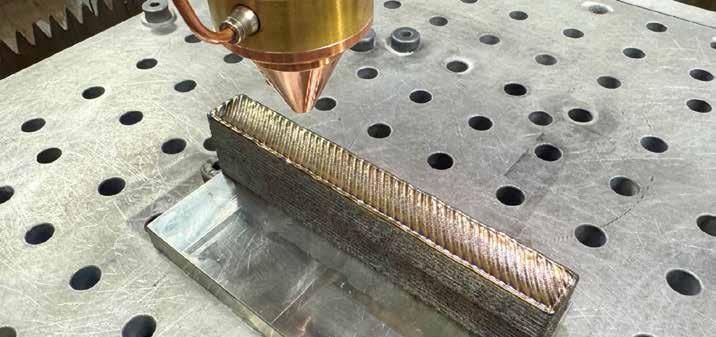
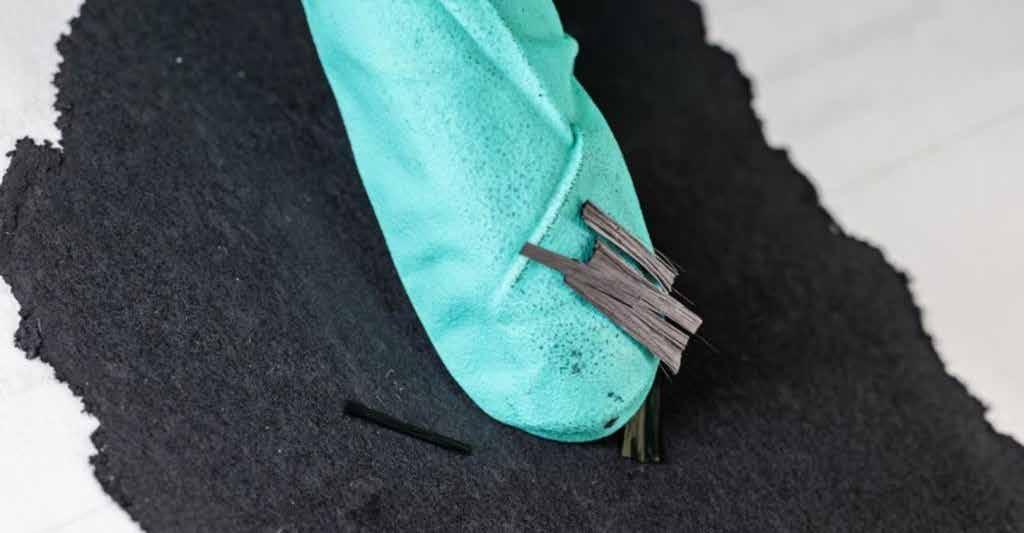
Scientists at the University of Surrey claim to have made a breakthrough in the development of eco-friendly batteries that not only store more energy but also help reduce greenhouse gas emissions. These ‘breathable’ batteries release energy while capturing carbon dioxide, offering a greener alternative to conventional lithium-ion batteries.
Until recently, 3D printing of engine components for aerospace applications was limited by the lack of affordable alloys that could withstand extreme temperatures. Only highly expensive metals were suitable, until researchers at NASA’s Glenn Research Center in Cleveland developed GRX-810.
Electronic devices are often discarded once they fail or become outdated, as recycling is complex and usually yields little value. Two research teams at Virginia Tech have now developed an approach that could help ease this problem.
Researchers at Oak Ridge National Laboratory (ORNL) have made progress in developing a cheaper and more efficient dry process for manufacturing lithium-ion batteries. These batteries are widely used in vehicles and electronic devices. The new method produces electrodes that deliver more electrical current while reducing the risk of overheating.
Researchers at Oak Ridge National Laboratory (ORNL) have made progress in developing a cheaper and more efficient dry process for manufacturing lithium-ion batteries. These batteries are widely used in vehicles and electronic devices. The new method produces electrodes that deliver more electrical current while reducing the risk of overheating.



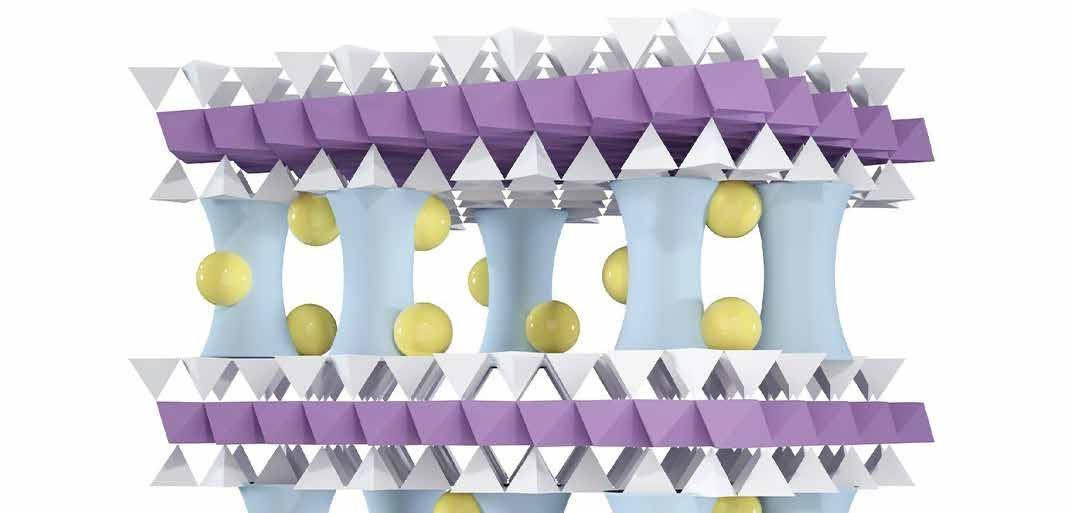

Researchers from the EPFL Laboratory of Soil Mechanics, the University of Applied Sciences and Arts of Southern Switzerland (SUPSI), and the EPFL start-up Medusoil SA have demonstrated that Bacillus megaterium - a versatile microorganism found in soil, freshwater, seawater, and even on plant surfaces - can convert CO₂ into calcium carbonate (CaCO₃), the mineral that makes up limestone and marble, among other things.
In a recent study, a Japanese research team led by the Material Science and Engineering Department of the Tokyo Institute of Science discovered that HB nanosheets possess excellent antibacterial, antiviral, and antifungal properties.
Researchers at Rice University have developed a new glass coating that can significantly reduce heat loss through windows. The material is a transparent, ultra-thin film created by weaving carbon into the atomic lattice of boron nitride. The result is a strong layer that reflects heat while resisting scratches, moisture, UV light, and temperature fluctuations.
Scientists at Argonne National Laboratory and the University of Chicago have developed a new membrane technology that can efficiently extract lithium from water.
An international research team has developed a new nanomaterial capable of efficiently harvesting drinking water from the atmosphere. The material can hold more than three times its own weight in water and does so much faster than existing commercial technologies. This makes it directly applicable for producing fresh water from airborne moisture.





Engineers at the Oak Ridge National Laboratory (ORNL) of the U.S. Department of Energy have developed a method using 3D-printed metal molds to produce faster, cheaper, and more flexible composite components for mass vehicle production.
Researchers at the University of Houston have developed a method to transform bacterial cellulose into a versatile material that may one day replace (single-use) plastics. Potential applications include packaging materials and even wound dressings.
Researchers at the University of Pennsylvania have now developed a new type of concrete that is not only lighter but also absorbs significantly more CO₂ than conventional mixtures. By combining 3D printing with the fossilized architecture of microscopic algae, they created a material that captures up to 142 percent more carbon dioxide, while requiring less cement and still meeting standard compressive strength requirements.
The German Institute for Textile and Fiber Research Denkendorf (DITF) is developing a comprehensive system for measuring and predicting the acoustic properties of a wide range of textiles, which should ultimately lead to the development of a wide range of sound-absorbing materials.
‘Seaweed cement could shrink concrete’s CO₂ footprint’
Researchers from the University of Washington (UW) and Microsoft have developed a new type of low-carbon concrete by mixing dried seaweed powder with cement. The seaweed-enhanced cement has a 21 percent lower global warming potential, yet maintains the same strength as conventional concrete. Thanks to machine learning models, the team arrived at this new formula in a fraction of the time traditional research would require.




Scientists are constantly seeking new materials derived from polymers. Rather than starting polymer research from scratch each time, they can save time and money by blending existing polymers to achieve desired properties.
A research team at Cornell University, led by designer Jenny Sabin, is developing a flexible solar material called HelioSkin. The material has sun-tracking properties that resemble the biomechanics of sunflowers.
Schiedam-Noord has been used as a sludge depot for several decades since the 1960s. In the 1990s, the site was prepared for the planned housing development by preloading it with 2.70 m of sand. However, this proved unstable, resulting in significant settlement. Within ten years, the neighborhood was subsequently raised several times without any insight into the final settlement. Due to the severe settlement, raising the site was necessary to achieve a a load-neutral or load-reducing effect. Three suitable options exist: EPS, glass foam, and foam concrete.
At ETH Zurich, researchers from various disciplines are working on new materials that combine conventional raw materials with bacteria, algae, and fungi. Their goal is to develop living materials that, thanks to the metabolism of microorganisms, possess beneficial properties, such as capturing CO₂ from the air through photosynthesis. The result is a (building) material that lives, grows, and actively absorbs carbon from the atmosphere.



Rainproof facade panels made from walnut shells
Can food waste streams be used as building materials? This question was central to Lara Neuhaus’s graduation project, ‘Bio-composites from food waste.’ She developed a biobased composite made from walnut shells. Initial material tests show promising results. With her research, she also aims to contribute to a change in the way we view materials: appreciating imperfections in color and texture can pave the way for more sustainable innovations.
Studying porous materials with AI
Advances in artificial intelligence for designing porous materials could impact a wide range of fields, from orthopedic implants to the next generation of batteries.
Jelly ice as a sustainable alternative to melting ice
Ice, whether crushed or cubed, inevitably melts into a puddle. Researchers Jiahan Zou and Gang Sun of the University of California, Davis, have developed an alternative: jelly ice. This material is reusable, compostable, and made from gelatin. Because frozen jelly ice doesn’t leak during thawing, it’s particularly suitable for the food chain and for transporting medicines.
Interested in the limitless possibilities of ceramics? Become a member of the Dutch Ceramic Society (NKV) today!
What does the NKV do?
• Facilitates knowledge sharing, collaboration, meetings, and information exchange with other (ceramic) organizations, institutes, and associations, both domestically and internationally
• Promotes education and research in the field of ceramic materials
• Provides a network of contacts for its members
• Actively spreads knowledge about ceramics and ceramic materials
• Engages in collective promotion of the use of ceramics
Want to know more about membership? Visit www.ceramics.nl. Click here>
Want to know more about membership, incl. free KGK subscription and free ECerS membership? Visit https://nkv.kncv.nl/ or send an email to: info@ceramics.nl>

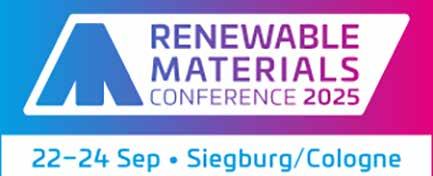









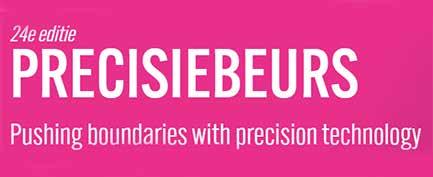

Renewable Materials Conference
22 - 24 September 2025, Siegburg/Keulen
PARTEC
23 - 25 September 2025, Nuremberg
Solids Rotterdam
1 - 2 October 2025, Rotterdam
Metavak 2025
7, 8 en 9 October 2025
Gorinchem
Barcelona Design Week 2025
7 - 17 October 2025, Barcelona
Staalbouwdag 2025
9 October 2025, Leusden






K Messe 2025
8 - 15 October 2025, Düsseldorf
Holz
14 - 18 October 2025, Basel
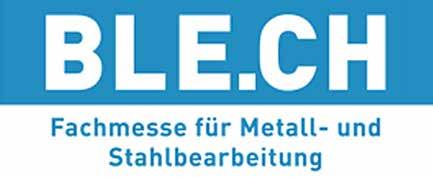

Vakbeurs Recycling 2025
11 - 13 November 2025, Gorinchem
A@W Stuttgart
12 - 13 November 2025, Stuttgart
Precisiebeurs 2025
12 - 13 November 2025, ‘s Hertogenbosch
Formnext 2025
18 - 21 November 2025, Frankfurt


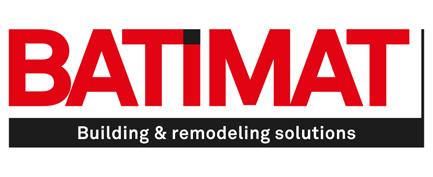

Future surfaces 2025 19 - 20 November 2025, Edegem
Advanced Recycling Conference 19 - 20 November 2025, Cologne
Beton Event 2025
20 November 2025, Den Bosch
A@W Düsseldorf
3 - 4 December 2025, Düsseldorf
EUROGUSS 13 - 15 January 2026, Nuremberg
BetonTage
10 - 12 March, 2026, Ulm
BLE.CH 2026
11 - 13 March 2026, Bern
Fensterbau Frontale
24 - 26 March 2026, Nuremberg
Sintering 2026
31 August - 3 September 2026, Aken
Steinexpo 2023
2 - 5 September 2026, Homberg
Batimat 2026
28 september - 1 October 2026
Paris
HärtereiKongress
8 - 10 October 2024, Cologne
Wij leveren complete installaties voor ontstoffing, luchtreiniging en pneumatisch transport
Technieken voor o.a.:
- Ontstoffing van productieruimtes (MAC)
- Reduceren van geuremissies (NER)
- Reduceren van stofemissies (NER)
Componenten die wij o.a. kunnen leveren:
- Natfilters & Droogfilters
- Cyclonen
- Gaswassers
- Topsteen- / Frogreinigers
- Naverbranders
Projecten kunnen turn-key worden uitgevoerd
Wij garanderen de emissie & grenswaarden
Engineering, bouw en onderhoud in eigen beheer







Mesys Industrial Air Systems BV
Molenstraat 27, 6914AC Herwen
+31 (0) 316 248744




www.mesys.nl
Info@mesys.nl







Conference 2025
The key event on advanced recycling technologies and renewable chemicals, building blocks, monomers and polymers based on recycling.
Topics of the Conference New Focus Areas
• Markets, Investments & Policy
• Circular Economy & Ecology of Plastics
• Physical Recycling
• Chemical Recycling
Sponsor
Sponsors
• Thermochemical Recycling
• Other Advanced Recycling Technologies
• Carbon Capture and Utilisation (CCU)
• Upgrading, Pre- and Post-treatment Technologies
19 – 20 November Cologne (Germany) Hybrid Event advanced-recycling.eu Organiser
Recycling
Independent, dedicated, objective research and consultancy. ISO 17025 accredited. Center of expertise for materials characterization.
We are pleased to support you with research and analysis of your innovative materials. Call us on +31 26 3845600 or email info@tcki.nl www.tcki.nl








